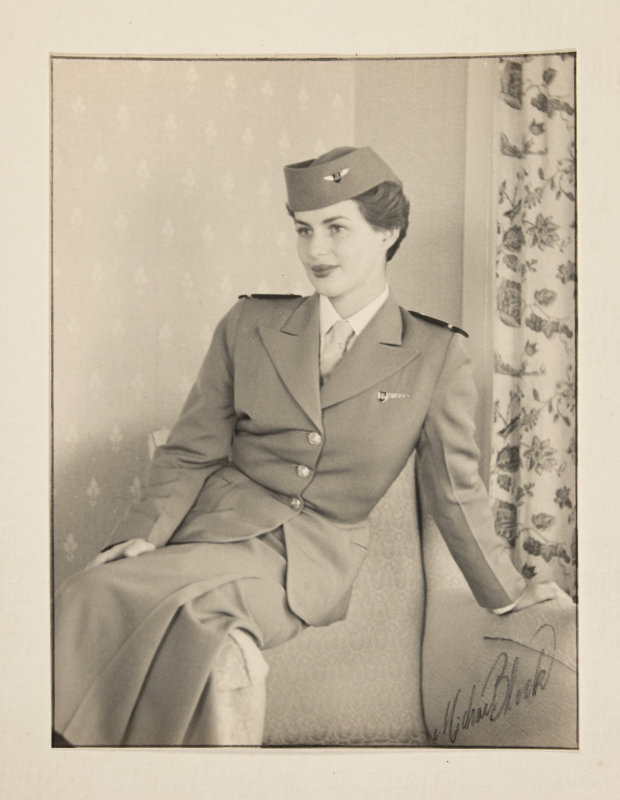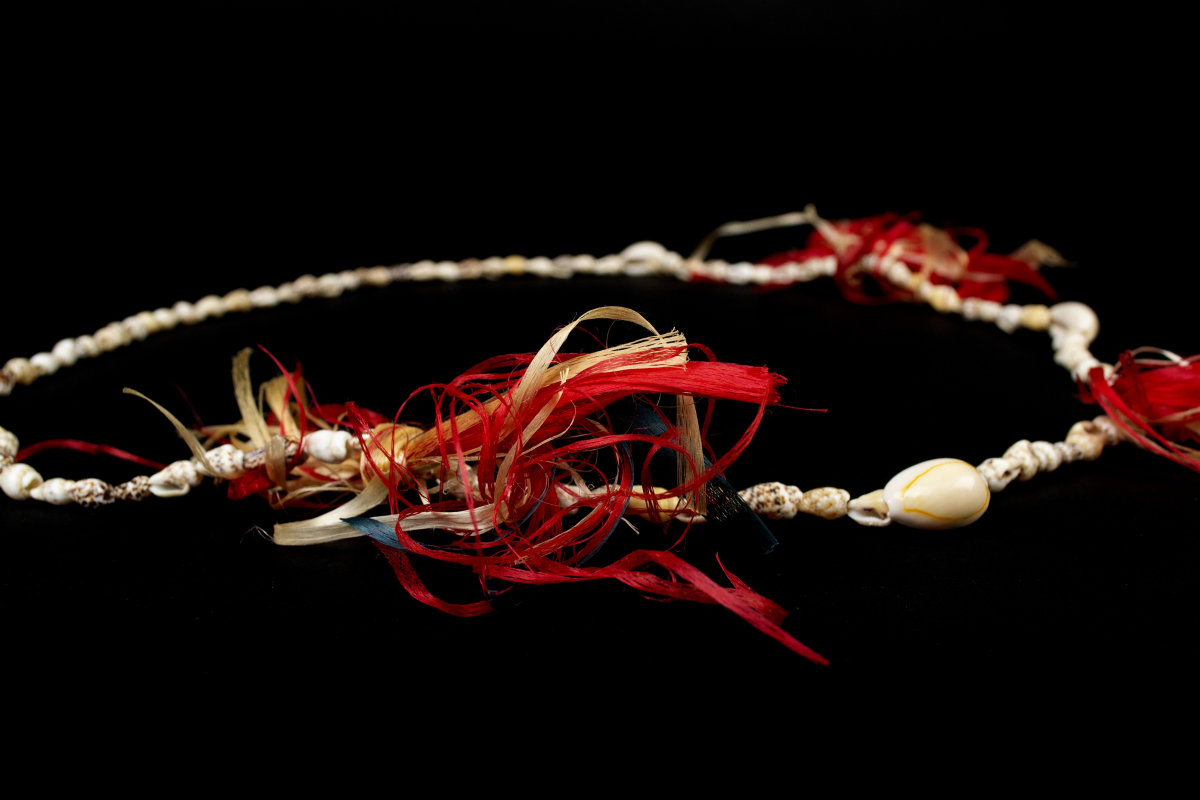The Story of our Short Solent ZK-AMO: Aranui

Short Solent ZK-AMO Aranui was built in 1949 by Short Brothers and Harland Ltd (Northern Ireland) and delivered to Tasman Empire Airways Ltd (TEAL) in Auckland in November 1949. Aranui is the last Mark IV Solent in existence anywhere in the world.
The Solent was developed from the Short S45 Sealand and the Short Sunderland military flying boat design. Only four Mark IV Solents were built by Short Brothers and Harland and all four were for TEAL.

Between September and December 1949, the four aircraft were delivered to TEAL. The other three Solents were: ZK-AML Aotearoa II, which was the TEAL flagship and had been christened by then-Princess Elizabeth at Belfast in May 1949, ZK-AMM Ararangi and ZK-AMN Awatere. ZK-AMM arrived in Auckland on 29 September, ZK-AMN on 23 October, ZK-AMO on 30 November and the flagship ZK-AML on 7 December, after setting a trans-Tasman flight record of 5 hours and 37 minutes.
On 17 November 1949, W Roper and T.J. Craig, TEAL officials in Belfast, had certified that Aranui was ‘safe in every way for flight, provided that it is correctly loaded.’ It left Short & Harland’s mooring zone of Musgrave Channel soon afterwards and was flown to the BOAC flying boat terminal at Southampton to prepare for its delivery flight to New Zealand. Under the command of Captain Cliff Le Couteur, it lifted off the Solway, with 2500 gallons of fuel onboard on 21 November. 9 days later, at first light on 30 November, Aranui arrived on the Waitemata Harbour.[i]
TEAL had not wished to continue using flying boats after the Sandringhams (as the Short Sunderlands were known in their civilian incarnation) were retired, but the New Zealand government faced pressure from the British government, which was trying to establish a civilian aircraft industry after the Second World War. As a result, the state-owned TEAL acquiesced to buying Solents for its long-range routes. Aircraft technology had improved during the Second World War with developments such as the tricycle undercarriage which could be retracted during flight, pressurised cabins that allowed high-altitude cruising, improved navigation equipment, more powerful engines, and the availability of all-weather landing fields around the world, and it is likely that the land-based – but American manufactured – Douglas DC-4 or DC-6 that were used by QANTAS and Pan American Airways would have served TEAL better. The operational costs for flying boats were high – the Coral Route between Auckland and Papeete never made a profit and was rarely full. The Solents did not have pressurised cabins, so had to fly low and through the weather which made flying times lengthy (see below) and uncomfortable for passengers.
TEAL’s Solents commenced trans-Tasman services from Auckland to Rose Bay in Sydney in November 1949 and from Evans Bay, Wellington to Sydney in 1950. The Solents were especially suited for long-range flights over water and took over the Auckland-Suva and Suva-Lambasa (on Vanua Levu) routes to Fiji previously run by NAC (National Airways Corporation) in June 1950. Later the Solents flew on TEAL’s Coral Route linking Auckland with Fiji, Samoa, the Cook Islands and Tahiti.
ZK-AMO operated for approximately 14,500 flying hours. It flew from 1949-54 on the trans-Tasman and Coral Routes and then when TEAL replaced the Solents on the trans-Tasman routes with Douglas DC-6 aircraft, it was based in Fiji, flying the Suva-Papeete route, and only came to the TEAL base at Mechanics Bay in Auckland for an annual service.
ZK-AMO made the last TEAL Solent flight ever on the route Papeete-Aitutaki-Apia-Suva-Auckland in September 1960 under Captain Joe Shepherd, after which it was withdrawn from service.

On 1 July 1961 ZK-AMO was gifted to MOTAT by TEAL.[ii] Because of lack of space at MOTAT’s Great North Road site, it was stored on the grass at the Royal New Zealand Air Force Hobsonville airbase until the weekend of 7-8 May 1966. On that weekend Aranui was floated down the upper reaches of the Waitemata harbour to Meola Creek, hauled over Meola Road and put on display at the Keith Park Memorial airfield (MOTAT Motions Road). Sitting outside, the aircraft deteriorated because of weather and vandalism although several attempts were made by volunteers over the years to restore it. In 1982 former TEAL crew members and engineers formed the Solent Flying Boat Preservation Society and began the restoration of Aranui in earnest. They took around 8 years to restore it, after which it was on display inside the Aviation Hall at MOTAT Motions Road. As the restoration came to an end, volunteers asked former TEAL employees and the public for donations of uniforms and Coral Route ephemera such as menus and navigation charts which were used for display in the cabins and cockpit. In 2009 Aranui was outside again while Aviation Hall extensions were built, and again the weather caused deterioration. In 2012 it was moved back inside the new display hall and conservation and restoration began again.

Although the aircraft could be fitted for 24 passengers with day and night accommodation, TEAL’s Solents were fitted out for up to 42 seated passengers in 4 cabins on the lower deck and 2 on the upper deck. The flight crew comprised 2 pilots, a navigator, a radio operator, a flight engineer and 3 cabin crew – 2 stewards and 1 stewardess. The Solent was powered by 4, 2050 hp Bristol Hercules 733 twin-row 14-cylinder, sleeve valve, and air-cooled engines. TEAL’s chief engineer, George Bolt[iii] had insisted on these high-powered engines as their thrust was parallel to the aircraft centre line which cut down on the built-in drag of earlier Solent models, making it faster, smoother and with a longer range than earlier TEAL flying boats.[iv]

The deep boat-like hull fuselage is a characteristic of flying boats and allows for landing and take-off on water. This forced an elevated tail structure, as well as high-mounted wings, the latter for clearing the engine propeller blades over the water's surface. The tail unit has a single vertical tail fin with a rounded tip and low-set horizontal planes. Pontoon legs are outboard of the outermost engine installations at the wings to prevent tipping of the aircraft on water. The cockpit is stepped with views over the front of the fuselage and unobstructed views of the inboard engines for both pilots from their respective positions. The fuselage sides have rectangular windows for viewing. The aircraft is constructed largely of aluminium.[v]
Sheets of fibreglass wool insulation are fitted between the aluminium hull and the spruce framing timber. The walls in the centre of the flying boat are constructed from polyurethane rigid foam sandwich board – tailormade to fit the contours of the hull. This ‘appears to be the first industrial use of the material in Britain’.[vi] The stainless-steel galley benches were of high quality for the time. In the cabins, there were hat and blanket racks of netting, and tables between the seats which faced each other. After 1951 the tables were removed from the upper deck and one lower deck cabin and all seats were reconfigured to face forwards. The remaining face-to-face cabins became family cabins, and then economy class in the final two years of Aranui’s service.[vii]
Significance
ZK-AMO is significant because it is now unique. It made the last TEAL Solent flight ever on the route Papeete-Aitutaki-Apia-Suva-Auckland in September 1960 under Captain Joe Shepherd, after which it was withdrawn from service.
The Solent flying boats were used at the beginning of international passenger air travel and were the last large civilian passenger flying boat used on a regular service. Because they were able to land on water in otherwise inaccessible places, flying boats were appropriate for the Pacific where there was a lack of airfields with runways of suitable length for land-based commercial passenger aircraft.

ZK-AMO is the last of the flying boats that TEAL used to expand its routes into the Pacific, maintaining and emphasising the long connection that New Zealand had with the Pacific islands of Polynesia. Pacific countries had little connection to the outside world before the Second World War – TEAL’s fortnightly service changed that. Tahiti in particular had had an erratic shipping service from New Caledonia before the Solent flying boats of the Coral Route provided a reliable mail service and a regular service to Fiji from whence passengers could fly to France.

[i] Gerry Barton and Philip Heath, The Coral Route, Steele Roberts Aotearoa, Wellington, 2015, p. 123.
[ii] TEAL was renamed Air New Zealand in April 1965.
[iii] George Bolt biography: https://teara.govt.nz/en/biographies/4b44/bolt-george-bruce
[iv] Ross Ewing and Ross MacPherson, The History of New Zealand Aviation, Heinemann, 1986, p. 169,
[v]https://archive.li/0WrZI#selection-1105.1-1105.1081
[vi]Coral Route, p. 137
[vii]Coral Route, p. 142
Story by Megan Hutching, Oral Historian, MOTAT
Story edited by Belinda Nevin, Curatorial Research manager
Citation:
Hutching, Megan 2022. The Story of our Short Solent ZK-AMO: Aranui. MOTAT Museum of Transport and Technology. Published: 2 September 2022. URL: https://www.motat.nz/collections-and-stories/stories/the-story-of-our-short-solent-zk-amo-aranui